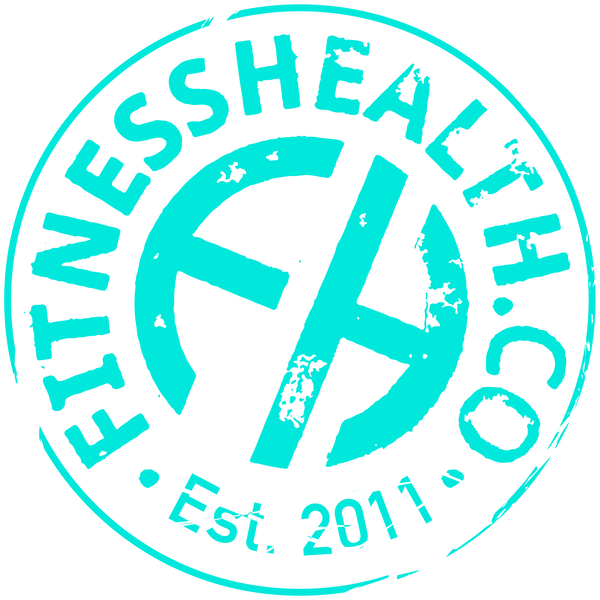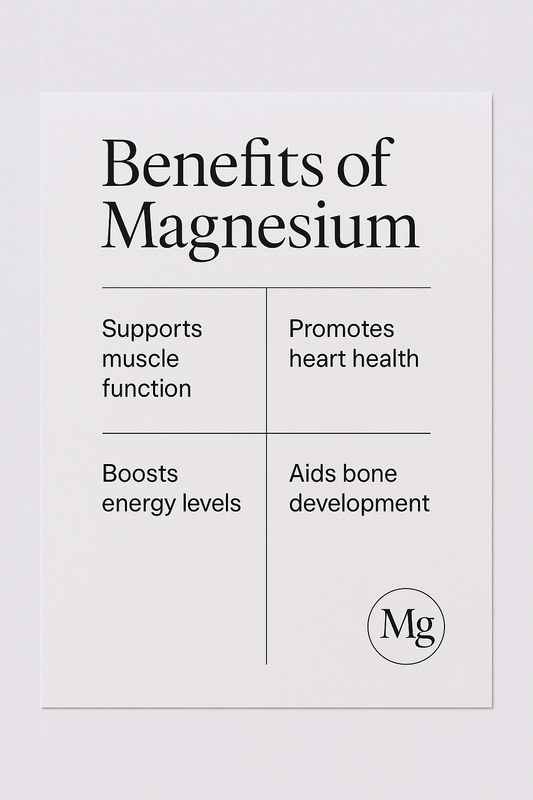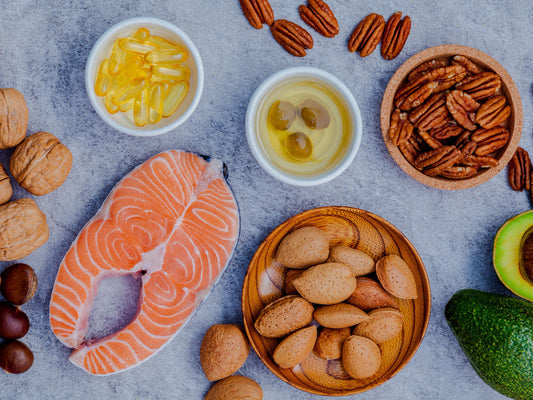Leg cramps can strike suddenly and intensely, leaving you searching for immediate relief while wondering how to prevent future episodes. These painful muscle contractions, most commonly affecting the calves but also occurring in thighs and feet, have multiple causes and fortunately multiple solutions. Understanding both immediate relief techniques and prevention strategies can help you manage leg cramps effectively and reduce their frequency.
Immediate Relief Techniques
When a leg cramp strikes, quick action can help shorten the duration and intensity of the pain. The most effective immediate relief strategies work by stretching the contracted muscle and restoring normal blood flow.
Gentle stretching provides the most reliable immediate relief for most leg cramps. For calf cramps, sit on the floor and straighten the affected leg, then gently pull your toes toward your shin using your hands or a towel looped around your foot. If standing, place your hands against a wall and step the affected leg back, keeping the heel on the ground while leaning forward to stretch the calf muscle.
Massage can help relax the cramped muscle and improve circulation. Use firm but gentle pressure, working from the center of the cramp outward. Circular motions often work well, gradually increasing pressure as the muscle begins to relax. Some people find that massaging toward the heart helps improve blood flow and speeds relief.
Heat application can help relax the muscle once the initial cramping subsides. A warm compress, heating pad, or warm bath can provide soothing relief. However, avoid heat during the acute cramping phase, as this can sometimes worsen the contraction initially.
Movement and walking, once the initial severe pain subsides, helps restore normal circulation and can prevent the muscle from cramping again. Start with gentle movement and gradually increase activity as the muscle relaxes.

Understanding Common Causes
Identifying what triggers your leg cramps is crucial for preventing future episodes. Several factors commonly contribute to muscle cramping, and addressing these underlying causes often provides the most effective long-term relief.
Dehydration is one of the most frequent causes of leg cramps, particularly during hot weather or after exercise. When fluid levels drop, electrolyte concentrations become imbalanced, affecting muscle function. Even mild dehydration can trigger cramping in susceptible individuals.
Electrolyte imbalances, particularly involving potassium, magnesium, calcium, and sodium, play crucial roles in muscle contraction and relaxation. Deficiencies or imbalances in these minerals can make muscles more prone to cramping, especially during periods of increased demand like exercise or illness.
Overuse or muscle fatigue from prolonged activity, unusual exercise, or maintaining positions for extended periods can trigger cramps. This is particularly common in athletes or people who suddenly increase their activity level without proper conditioning.
Poor circulation, whether from position, clothing, or underlying medical conditions, can contribute to cramping by reducing oxygen and nutrient delivery to muscle tissues. This is why cramps often occur during sleep when circulation naturally slows.
Certain medications, including diuretics, statins, and some blood pressure medications, can increase cramping risk by affecting electrolyte balance or muscle function. Age-related changes in muscle mass, circulation, and kidney function also make older adults more susceptible to leg cramps.
Nutritional Strategies for Prevention
Proper nutrition plays a fundamental role in preventing leg cramps by ensuring adequate hydration and maintaining optimal electrolyte balance. Strategic dietary choices can significantly reduce cramping frequency and severity.
Magnesium deficiency is strongly linked to muscle cramping, and supplementation often provides dramatic relief. Magnesium helps regulate muscle contractions and nerve function, with deficiency making muscles hyperexcitable and prone to cramping. Food sources include dark leafy greens, nuts, seeds, and whole grains, while supplements providing 200-400mg daily can be beneficial for people with frequent cramps.
Potassium supports proper muscle and nerve function, with low levels contributing to cramping. Bananas are famous for potassium content, but other excellent sources include potatoes, avocados, spinach, and coconut water. Most people need 3500-4700mg daily, though those taking certain medications should consult healthcare providers before increasing potassium intake significantly.
Calcium is essential for muscle contraction and relaxation, with inadequate intake potentially contributing to cramping. Dairy products, leafy greens, and fortified foods provide calcium, while vitamin D helps optimize calcium absorption. Some people find that calcium-magnesium supplements taken before bedtime help prevent nighttime leg cramps.
Proper hydration involves more than just drinking water. Including electrolytes, particularly during hot weather or exercise, helps maintain the mineral balance necessary for proper muscle function. Natural options include coconut water or adding a pinch of sea salt to water, while commercial electrolyte supplements can be useful for active individuals.
Sodium balance is important but complex, as both too little and too much can contribute to cramping. People who sweat heavily or take diuretics may need additional sodium, while others may need to reduce intake. Finding the right balance often requires attention to individual responses and circumstances.

Lifestyle Modifications for Prevention
Daily habits and lifestyle choices significantly influence leg cramp frequency and can provide powerful prevention when implemented consistently.
Regular stretching, particularly of the calf and hamstring muscles, helps maintain muscle flexibility and reduces cramping tendency. Evening stretches before bed can be particularly effective for preventing nighttime cramps. Hold stretches for 30-60 seconds and repeat 2-3 times for each muscle group.
Proper sleep positioning can prevent cramps caused by prolonged muscle shortening during sleep. Avoid sleeping with toes pointed downward, which shortens calf muscles and increases cramping risk. Some people benefit from sleeping with feet hanging slightly off the bed or using a pillow to keep feet in a neutral position.
Gradual activity progression helps prevent overuse-related cramping. When starting new exercise routines or increasing activity levels, gradual increases allow muscles to adapt without becoming overly fatigued. This is particularly important for people returning to exercise after periods of inactivity.
Proper footwear supports good biomechanics and can prevent muscle fatigue that contributes to cramping. Shoes with adequate support and cushioning reduce stress on leg muscles, while high heels or poorly fitting shoes can contribute to muscle imbalances and cramping.
Temperature regulation helps prevent cramps related to circulation changes. Keeping legs warm, particularly during sleep, helps maintain good circulation. Some people find that wearing loose socks or using blankets that don't restrict foot movement helps prevent nighttime cramps.

Exercise and Strengthening Approaches
Targeted exercises can strengthen leg muscles and improve flexibility, reducing both cramping frequency and severity when cramps do occur.
Calf stretches should be performed daily, particularly for people prone to calf cramps. Stand arm's length from a wall, place hands flat against it, and step one foot back. Keep the back leg straight with heel on the ground and lean forward to stretch the calf. Hold for 30 seconds and repeat with the other leg.
Hamstring stretches help prevent cramps in the back of the thigh. Sit on the floor with one leg extended and the other bent. Reach toward the toes of the extended leg, feeling the stretch in the back of the thigh. Hold for 30 seconds and repeat with the other leg.
Strengthening exercises build muscle endurance and reduce fatigue-related cramping. Calf raises, where you rise up on your toes and lower back down, strengthen calf muscles. Perform 15-20 repetitions daily, gradually increasing as strength improves.
Balance exercises improve proprioception and muscle coordination, which can help prevent the muscle dysfunction that leads to cramping. Standing on one foot for 30 seconds or walking heel-to-toe helps improve balance and muscle control.
Flexibility training through yoga or regular stretching routines addresses muscle tightness that can contribute to cramping. Focus on poses and stretches that target the legs, particularly areas where you experience cramps most frequently.

Hydration Strategies
Proper hydration goes beyond simply drinking more water and requires understanding how to maintain optimal fluid and electrolyte balance throughout the day.
Timing of fluid intake affects hydration effectiveness. Drinking small amounts regularly throughout the day maintains better hydration than consuming large amounts infrequently. Start the day with water to replace fluids lost overnight, and continue regular intake based on activity level and environment.
Quality of hydration fluids matters, particularly for active individuals or those in hot climates. Plain water works well for mild activity, but longer or more intense activities may benefit from electrolyte replacement. Natural options include coconut water or water with a small amount of sea salt and lemon.
Monitoring hydration status helps ensure adequate fluid intake without overdoing it. Pale yellow urine typically indicates good hydration, while dark yellow suggests dehydration. Excessive clear urine might indicate overhydration, which can dilute electrolytes and actually increase cramping risk.
Pre-activity hydration is crucial for preventing exercise-related cramps. Begin hydrating several hours before exercise, and continue drinking during activity if it lasts longer than an hour. Post-exercise hydration should replace fluids lost through sweating.
Environmental considerations affect hydration needs. Hot weather, air conditioning, heating systems, and air travel all increase fluid requirements. Alcohol and caffeine can contribute to dehydration, so increase water intake when consuming these beverages.

Medical Considerations and When to Seek Help
While most leg cramps are benign and manageable with self-care strategies, certain situations warrant medical evaluation to rule out underlying conditions or optimize treatment approaches.
Frequent cramping that occurs multiple times per week or interferes with sleep and daily activities should be evaluated by healthcare providers. This frequency suggests possible underlying causes that might benefit from specific medical treatment.
Severe pain that doesn't respond to typical relief measures or cramping accompanied by swelling, redness, or warmth might indicate more serious conditions requiring medical attention. These symptoms could suggest blood clots, infections, or other serious medical issues.
Medication-related cramping may require prescription adjustments or alternative treatments. If cramps began after starting new medications, particularly diuretics, statins, or blood pressure medications, discuss this with prescribing physicians.
Underlying medical conditions including diabetes, thyroid disorders, liver disease, or circulation problems can contribute to leg cramps and may require specific treatment approaches. Managing these conditions often improves cramping as well.
Age-related cramping in older adults may benefit from medical evaluation to rule out medication interactions, nutritional deficiencies, or circulation issues that become more common with aging.

Sleep-Related Cramp Prevention
Nighttime leg cramps are particularly disruptive and often have specific triggers and prevention strategies that differ from daytime cramping.
Sleep position modifications can significantly reduce nighttime cramping. Avoid sleeping with feet pointed downward, which shortens calf muscles and increases cramping risk. Some people benefit from sleeping with feet hanging slightly off the bed or using pillows to maintain neutral foot position.
Bedtime stretching routines, performed 30-60 minutes before sleep, help prepare muscles for the prolonged positions of sleep. Focus on calf and hamstring stretches, holding each for 30-60 seconds and repeating 2-3 times.
Temperature regulation during sleep affects circulation and cramping risk. Keep legs warm but not overheated, and ensure adequate circulation by avoiding tight bedding or clothing that restricts blood flow.
Bedtime nutrition can influence nighttime cramping. Some people find that a small snack containing potassium or magnesium before bed helps prevent cramps. Others benefit from ensuring adequate hydration without drinking so much that sleep is disrupted by bathroom trips.
Sleep quality improvement reduces overall cramping risk by supporting muscle recovery and reducing stress-related muscle tension. Good sleep hygiene, including consistent sleep schedules and comfortable sleep environments, supports overall muscle health.
Advanced Prevention Strategies
For people with persistent leg cramps despite basic prevention measures, more advanced strategies may provide additional relief and prevention.
Compression garments can improve circulation and provide muscle support that reduces cramping risk. Graduated compression socks or sleeves apply pressure that helps blood flow return to the heart, reducing pooling that can contribute to cramping.
Topical treatments including magnesium oil, arnica gel, or menthol-based creams can provide localized relief and may help prevent cramping when applied regularly to areas prone to cramps.
Stress management addresses the muscle tension and sleep disruption that can contribute to cramping. Techniques including meditation, deep breathing, progressive muscle relaxation, or regular massage can help reduce overall muscle tension.
Environmental modifications such as using space heaters to keep legs warm, adjusting workplace ergonomics to reduce prolonged muscle tension, or using supportive cushions during long periods of sitting can help prevent cramps.
Professional massage therapy or physical therapy may be beneficial for people with chronic cramping related to muscle imbalances, poor biomechanics, or chronic tension patterns.

Long-Term Management Approaches
Successful long-term management of leg cramps often requires ongoing attention to multiple factors and willingness to adjust strategies based on changing circumstances and effectiveness.
Tracking patterns helps identify personal triggers and effective prevention strategies. Keep a simple log noting when cramps occur, potential triggers, what provided relief, and any patterns related to diet, activity, medications, or other factors.
Seasonal adjustments may be necessary as hydration needs, activity levels, and circulation change with weather and lifestyle variations. What works in summer may need modification for winter conditions or changes in activity patterns.
Aging considerations become important as muscle mass, circulation, and medication needs change over time. Strategies that worked in younger years may need adjustment, and new approaches may become necessary.
Lifestyle integration ensures that prevention strategies become sustainable habits rather than temporary measures. Choose approaches that fit realistically into daily routines and adjust as needed to maintain consistency.
Regular reassessment of strategies helps ensure continued effectiveness and identifies when modifications might be beneficial. What works initially may become less effective over time, requiring adjustments or new approaches.
Stopping leg cramps effectively requires both immediate relief techniques and comprehensive prevention strategies. While the sudden pain of leg cramps can be alarming and disruptive, most cases respond well to simple stretching and massage techniques for immediate relief. Long-term prevention focuses on maintaining proper hydration and electrolyte balance, regular stretching and strengthening exercises, and addressing individual triggers and risk factors. Success often comes from combining multiple approaches and adjusting strategies based on personal response and changing circumstances. For most people, consistent attention to hydration, nutrition, and muscle care significantly reduces both the frequency and severity of leg cramps, leading to better sleep and improved quality of life.














